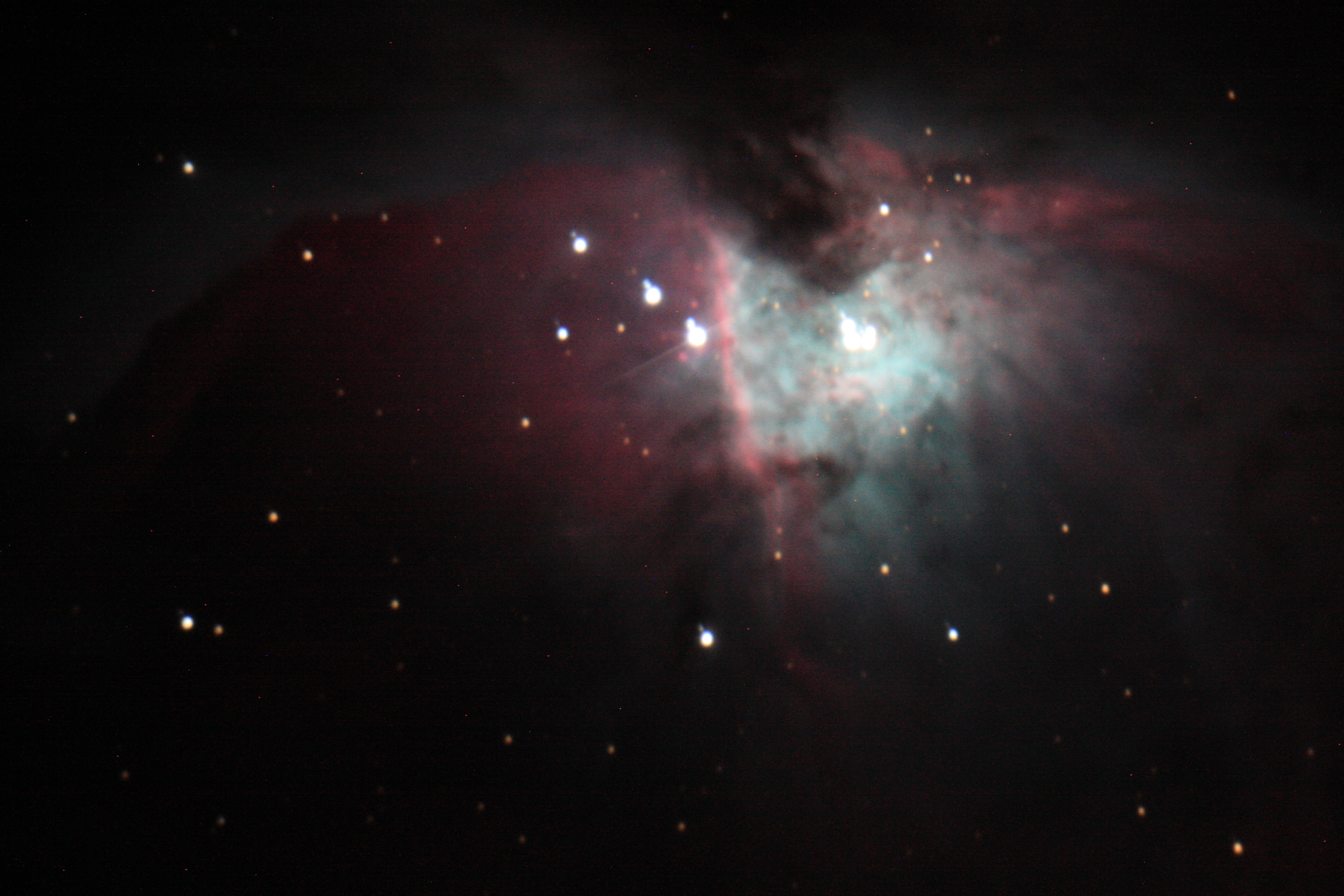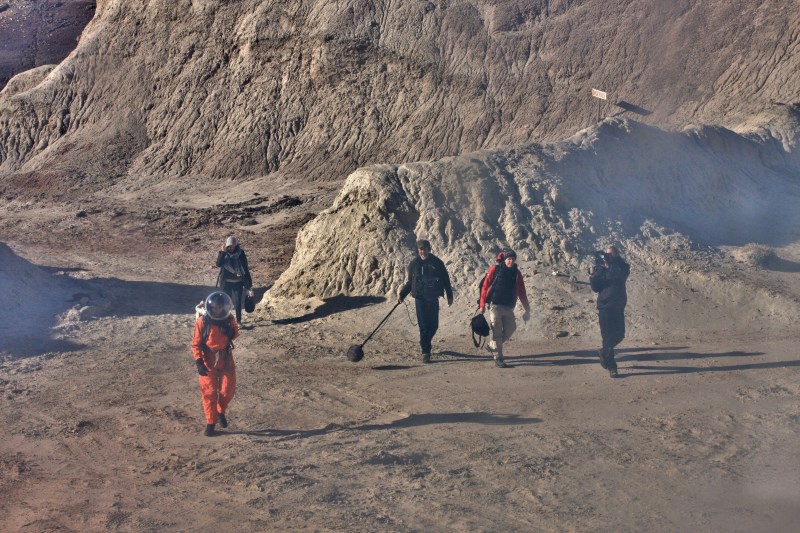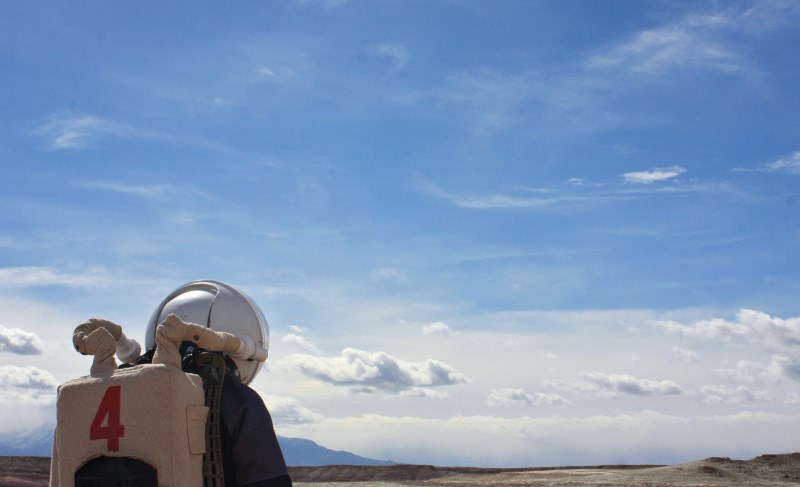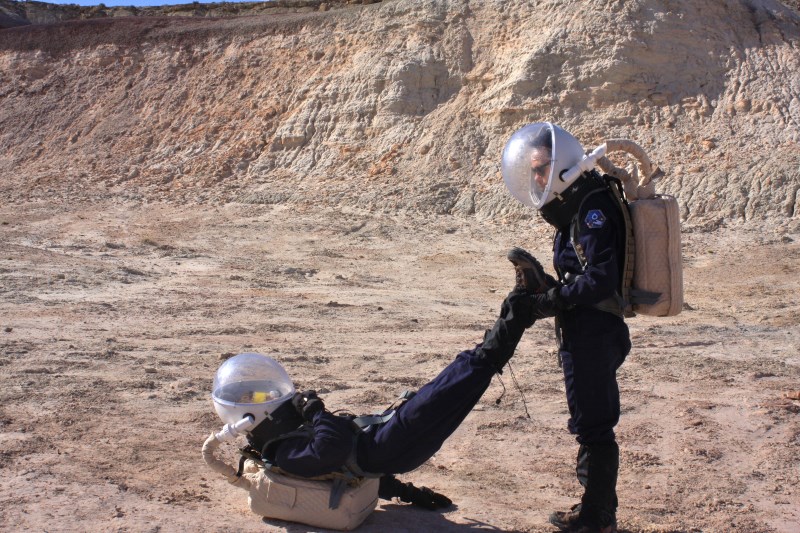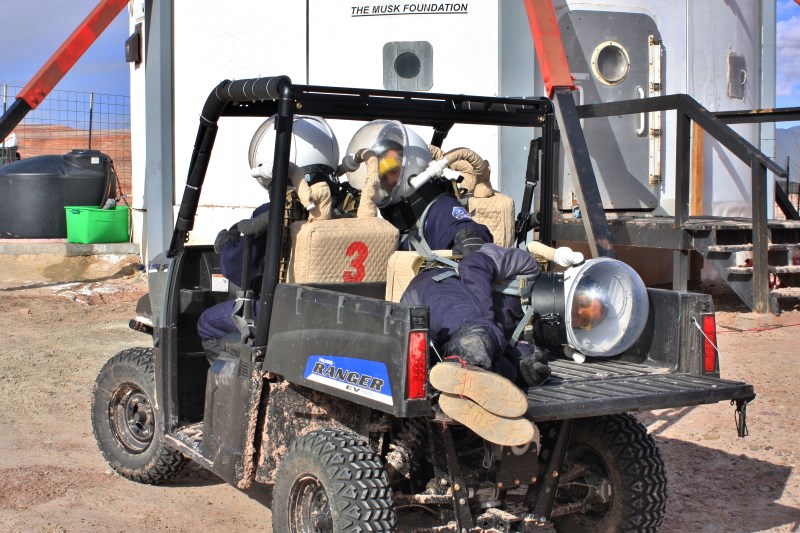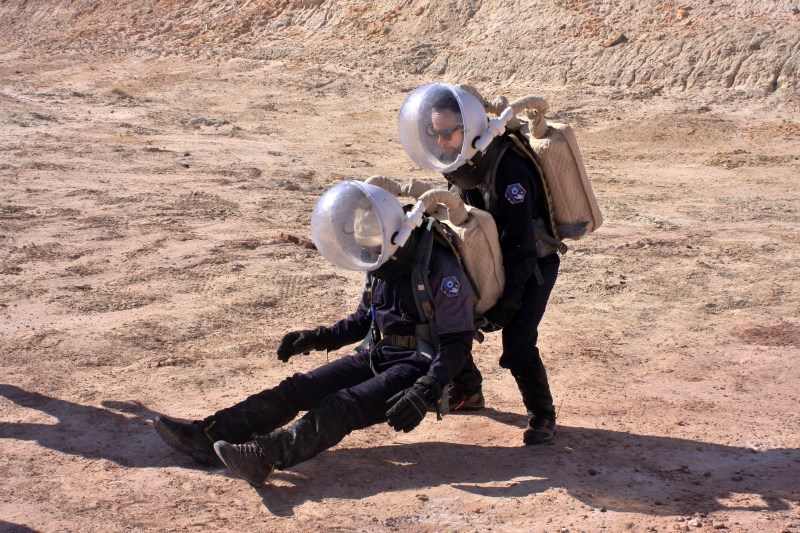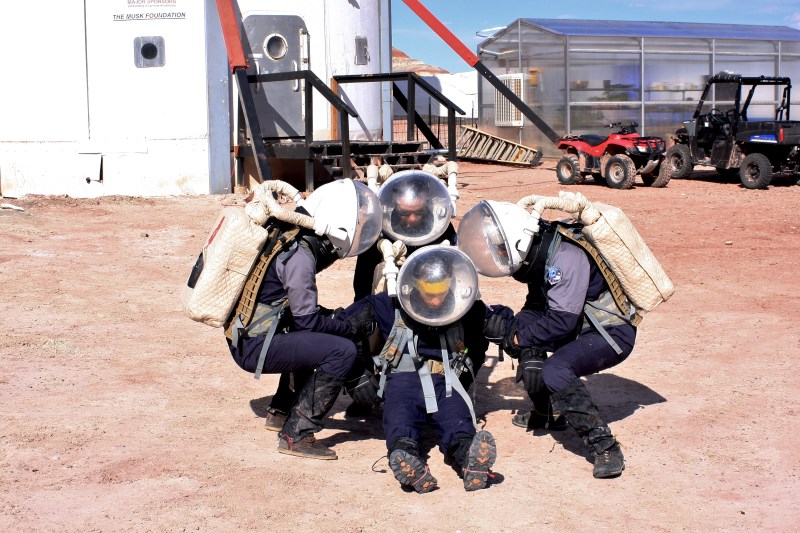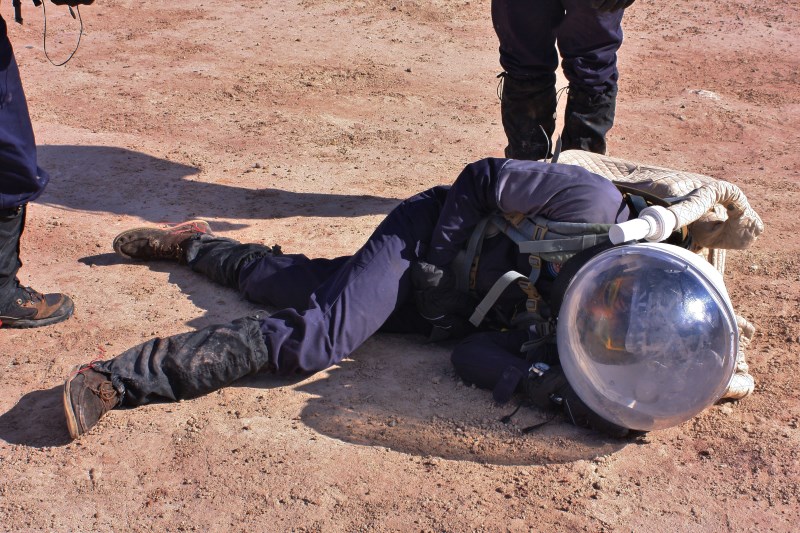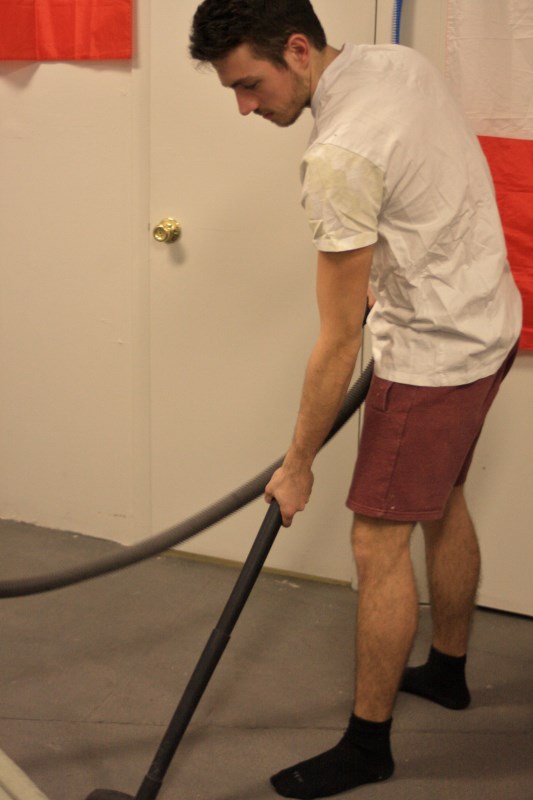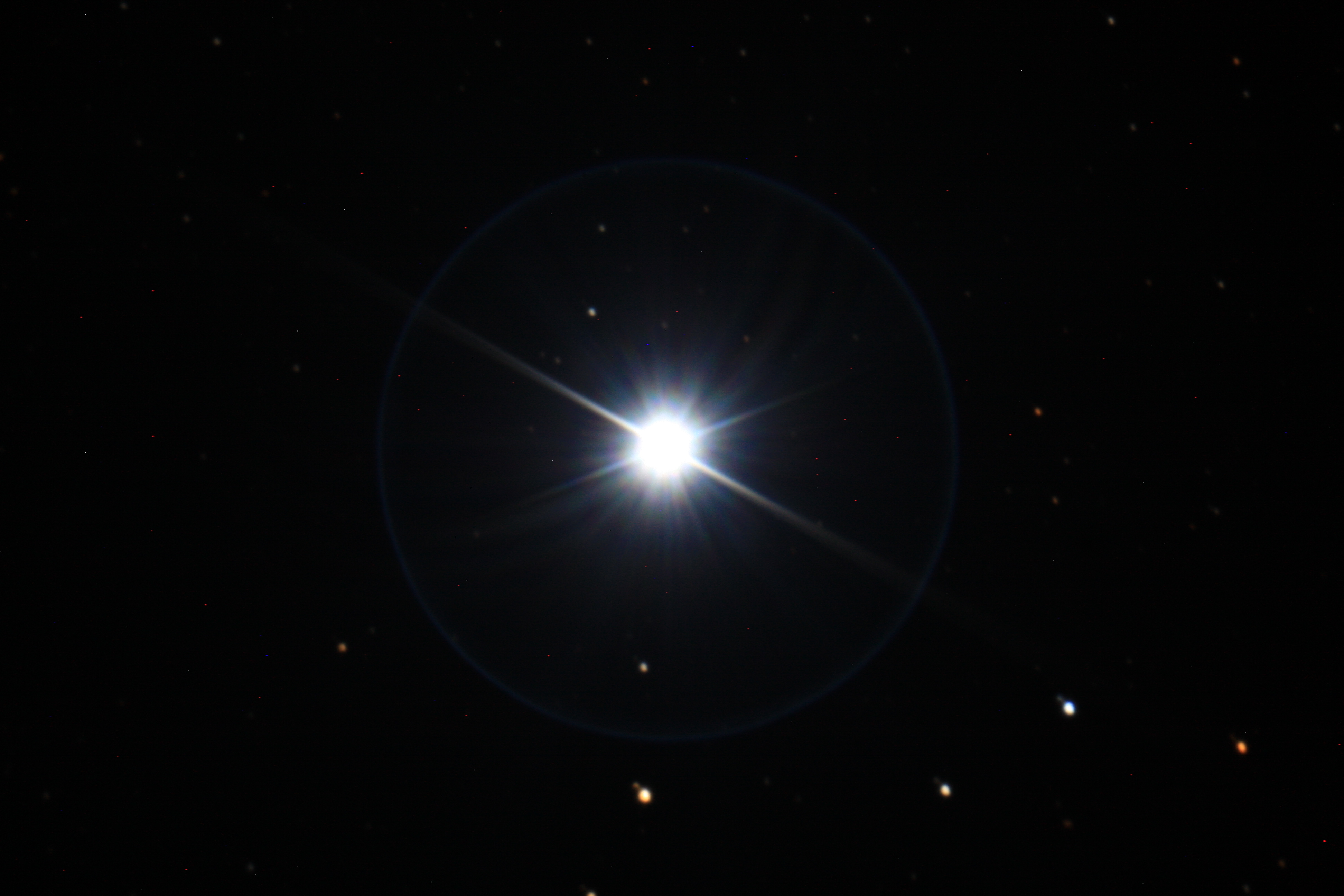Journalist report, 02/27/17 – Sol 15: Becoming TV stars.
Today was surely very special: we were going to spend the day with a journalist, living in simulation with us, while his four-men crew was shooting images of us, in situ. After our sport session and breakfast, we waited for the whole crew to arrive. The reporter was the only one to completely follow the simulation rules: he arrived in spacesuit, spent the regular three minutes of pressurisation in the airlock, and was then supposed to follow us till the afternoon.
The first encounter with the team was very reassuring: they were science reporters, knowing why they came here, filming a whole documentary on the subject, being well informed, so that they did not just want to film us as animals in a cage, to gain audience. They were very respectful with the rules of the station, did their best not to disturb us, even if being twelve in the tiny hab was a bit oppressing. After a quick talk, some shots of the hab, Arthur, Louis and Mouâdh left with the reporter in EVA, the journalist crew following them in a big SUV. They first went to the seismometer, checked it, took shots while Mouâdh presented it, and then, headed North, to reproduce yesterday’s experiment of the sextant, on “the Moon”. Like during most of the simulation, the wind preventing us from using the atmospheric balloon.
We spent a long time having lunch, as it was the scene the producer chose to interview all of us at the same time. The reporter was leading the conversation, and while eating we discussed about a lot of various subjects, about space exploration, our motivations, how we imagined a trip to Mars, etc. He was very attentive, and raised interesting points. I clearly found this exchange very productive, I hope this satisfied them too, so that it will be released in an authentic way. The fact that the shot was taken during a meal was clever, and clearly helped us remaining natural, as we had something to keep us focused, instead of looking directly at the video camera or one of the four people surrounding us…
The following was a bit more disappointing, as we spent the beginning of the afternoon shooting videos in the different modules of the station, but it was less about science, as the journalists were also looking for some good images. Most of our experiments are not very pretty, so that only some of it had their moment of fame, and had to act a bit to be convincing.
To conclude, it was a very exciting experience, even if we had to sacrifice about half a day to let it happen. We met very respectful and well informed people, not here to try to create something, but really to learn about what we do and understand our goals. It was surely deeper than almost every interview we had had already, those ones focusing more on what we eat and how many times we have showers…
Louis MANGIN, crew journalist MDRS 175

